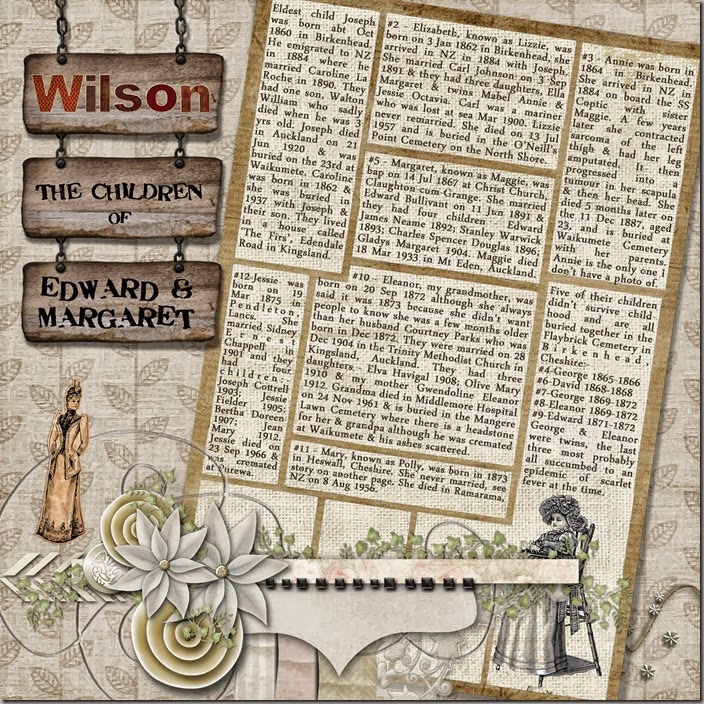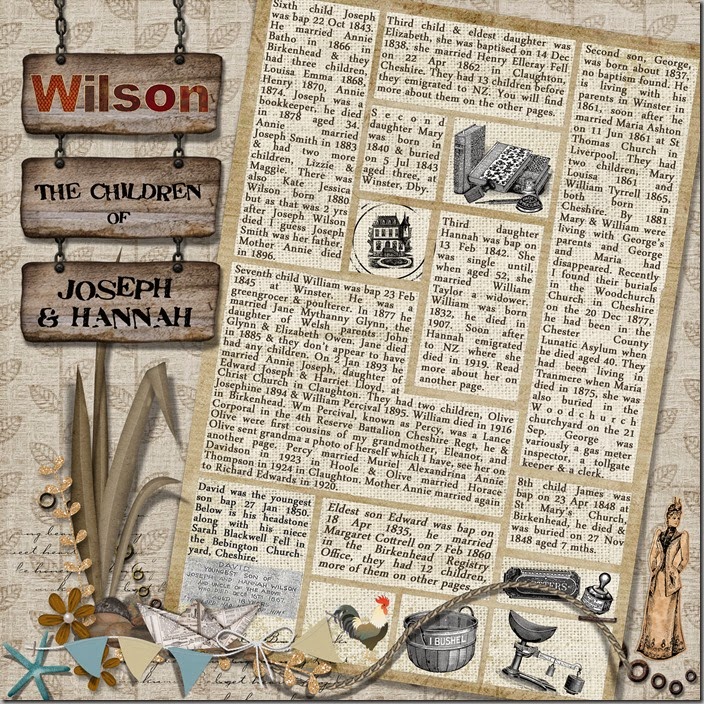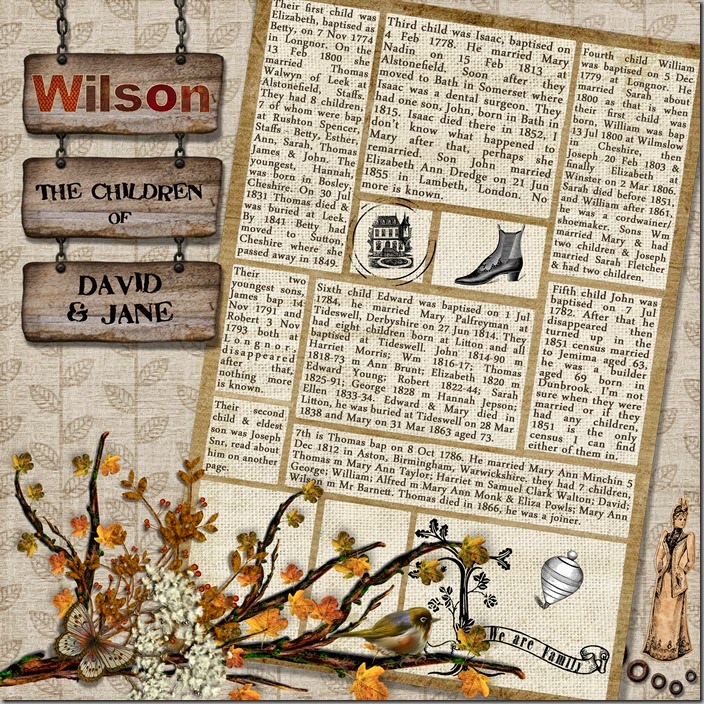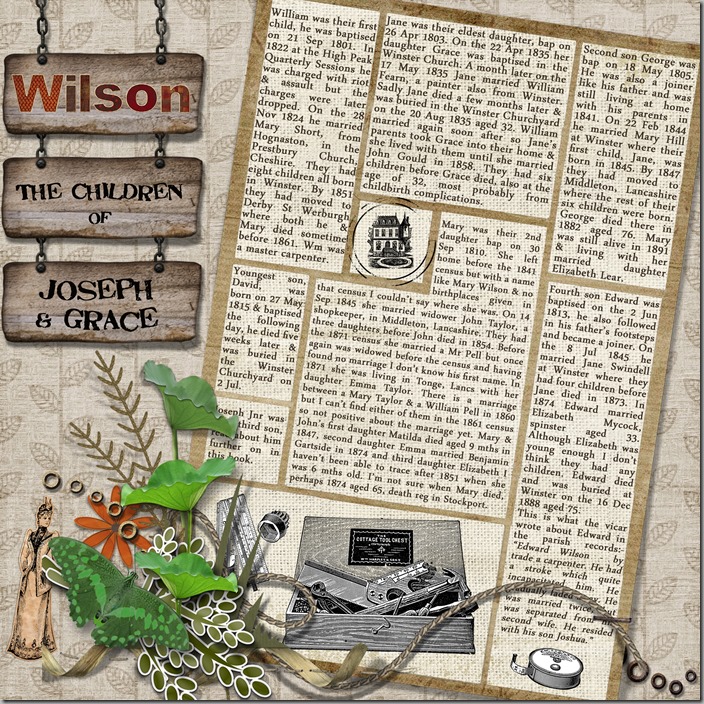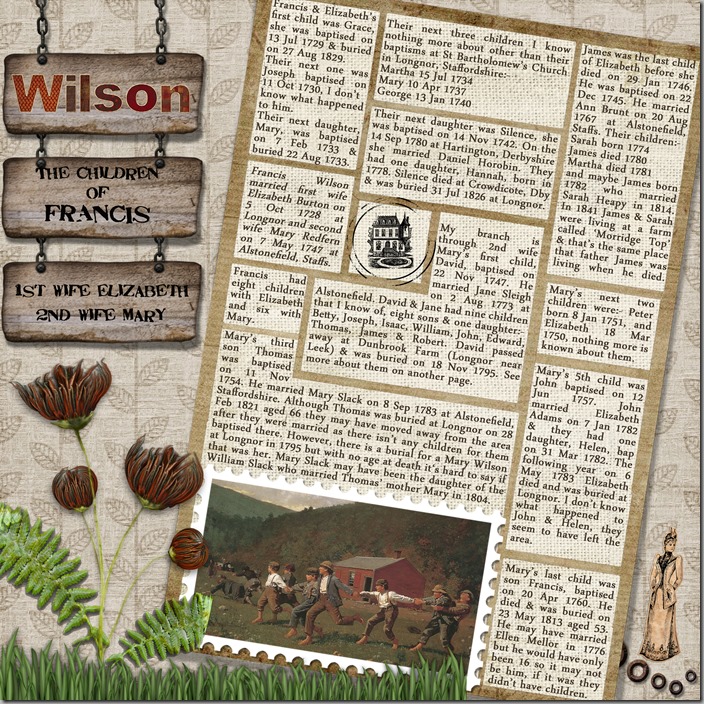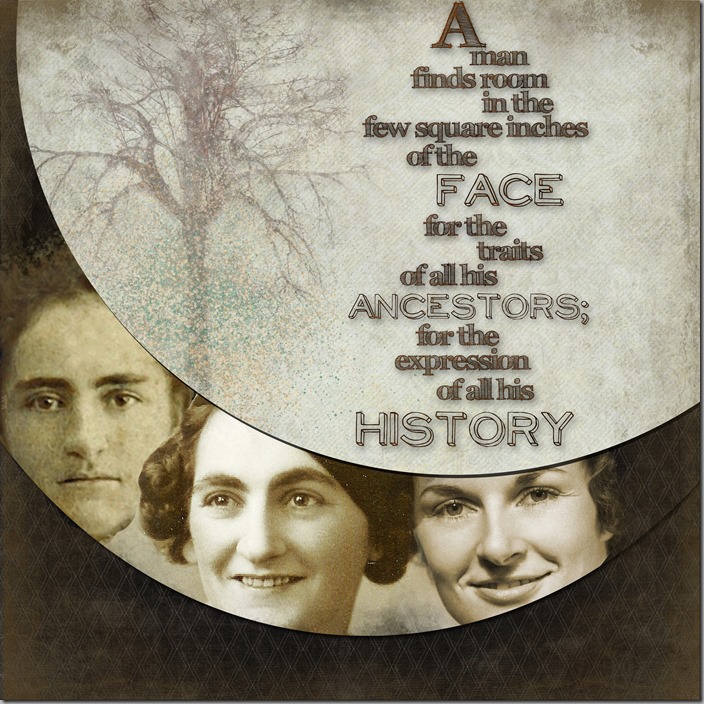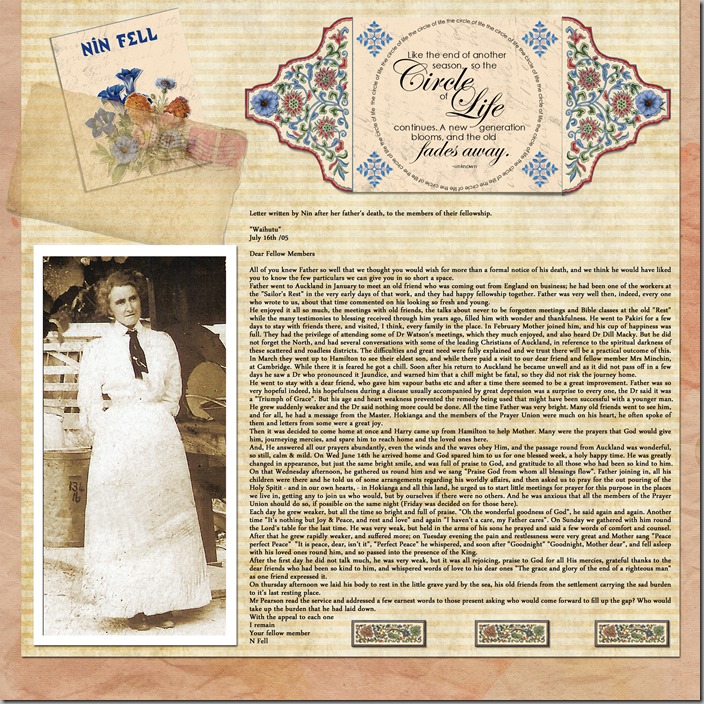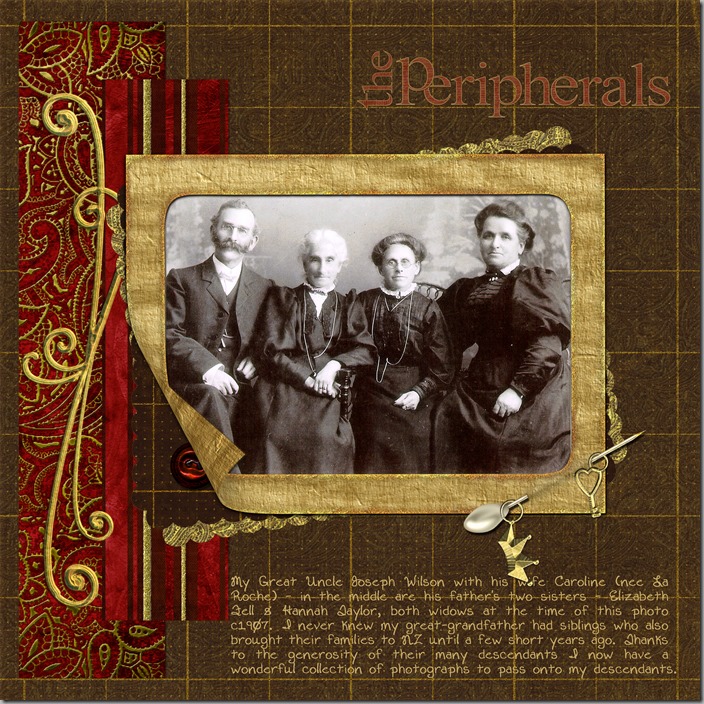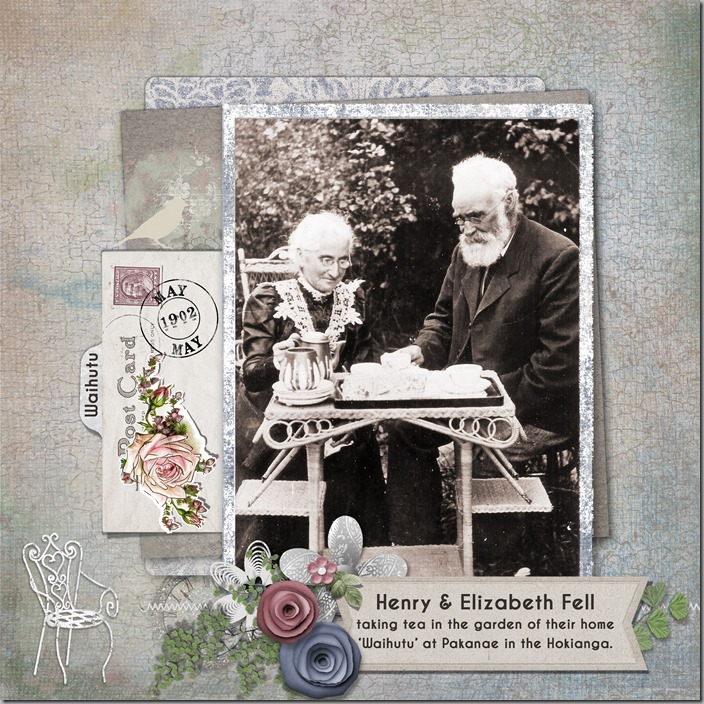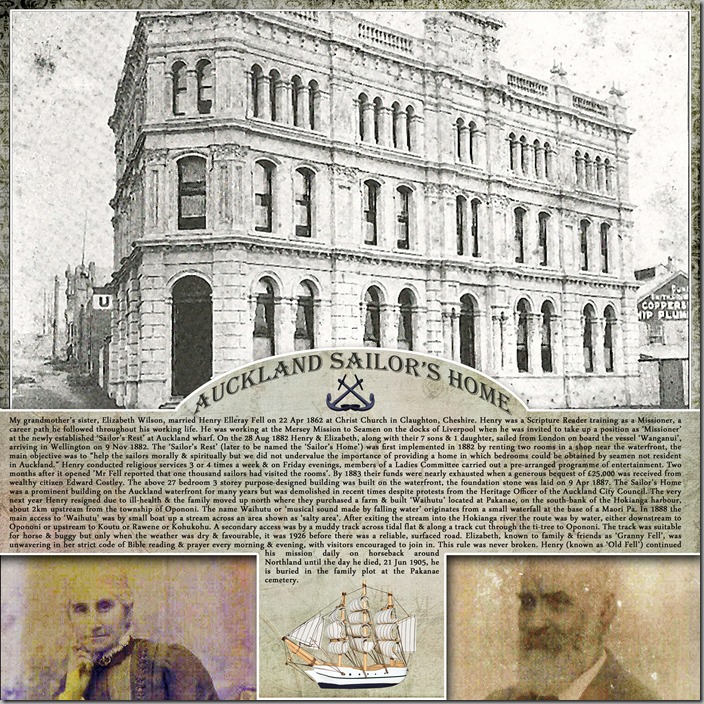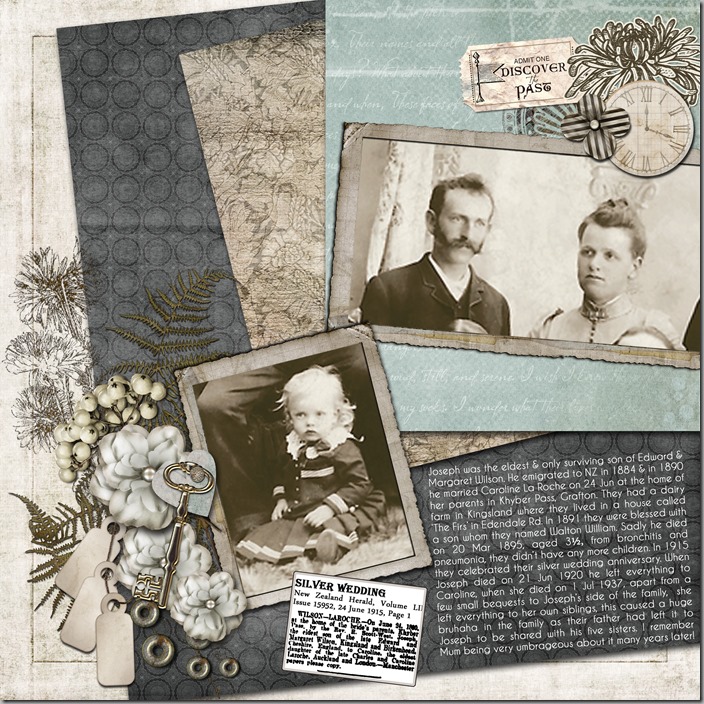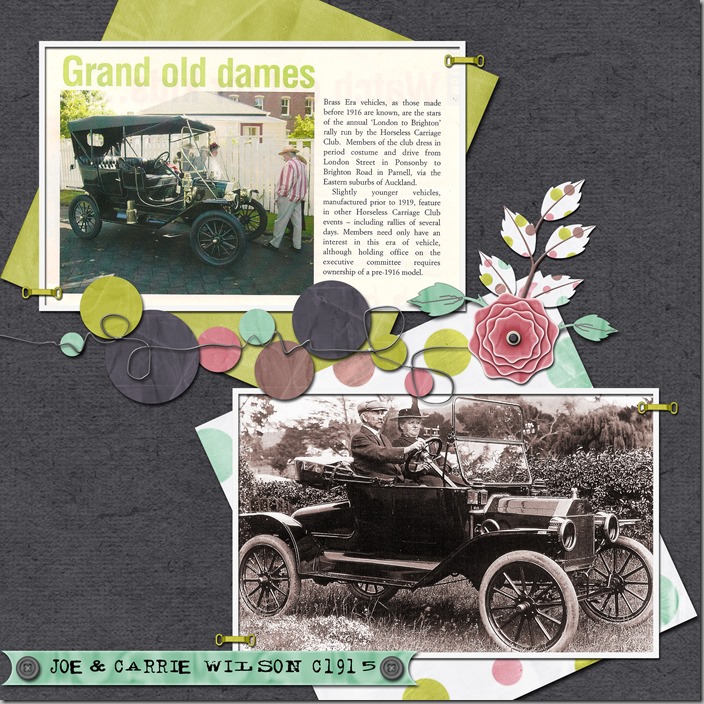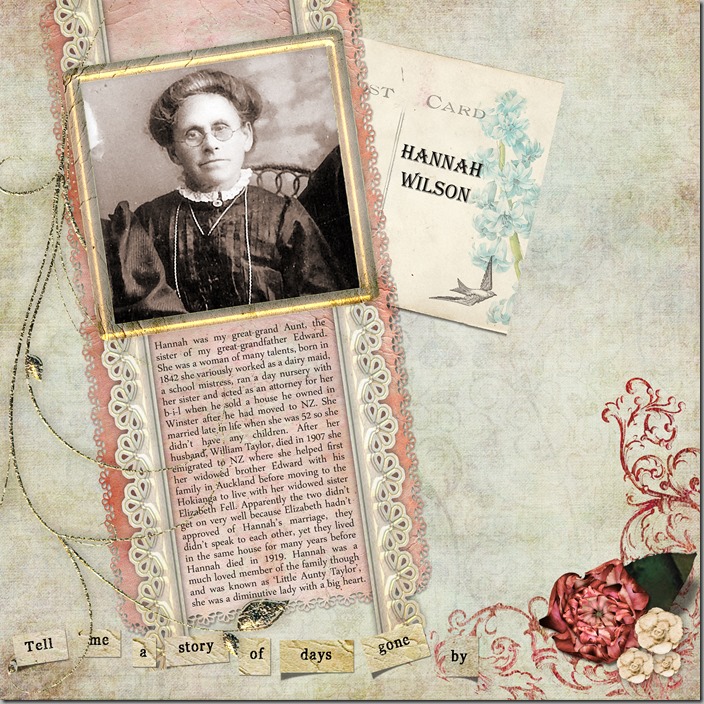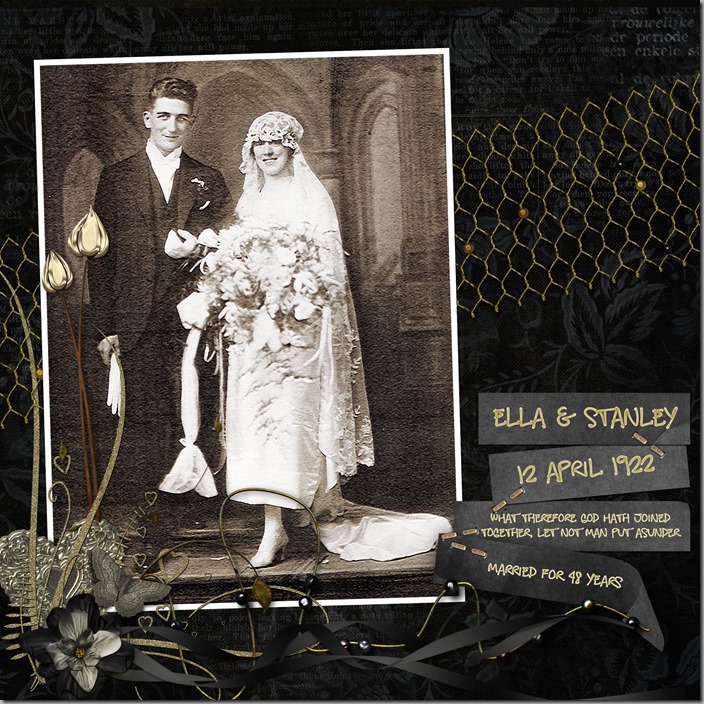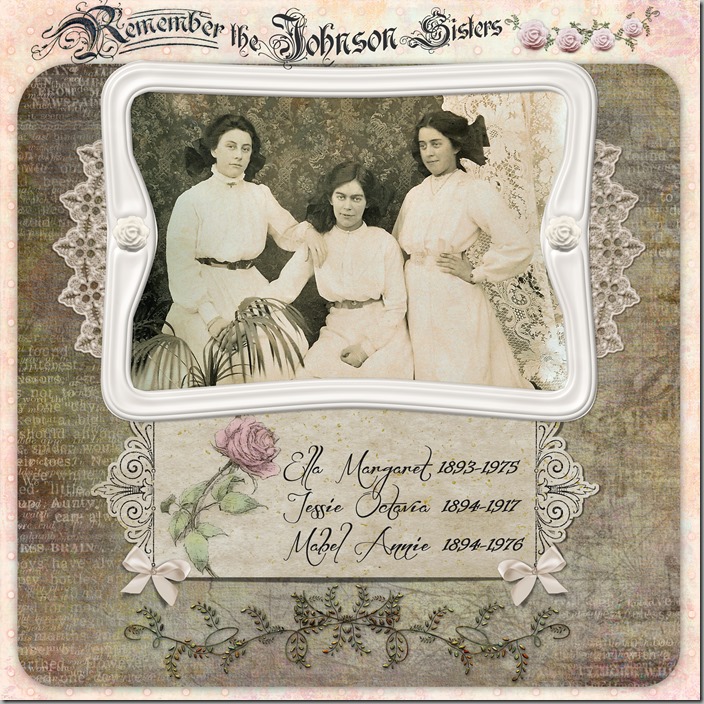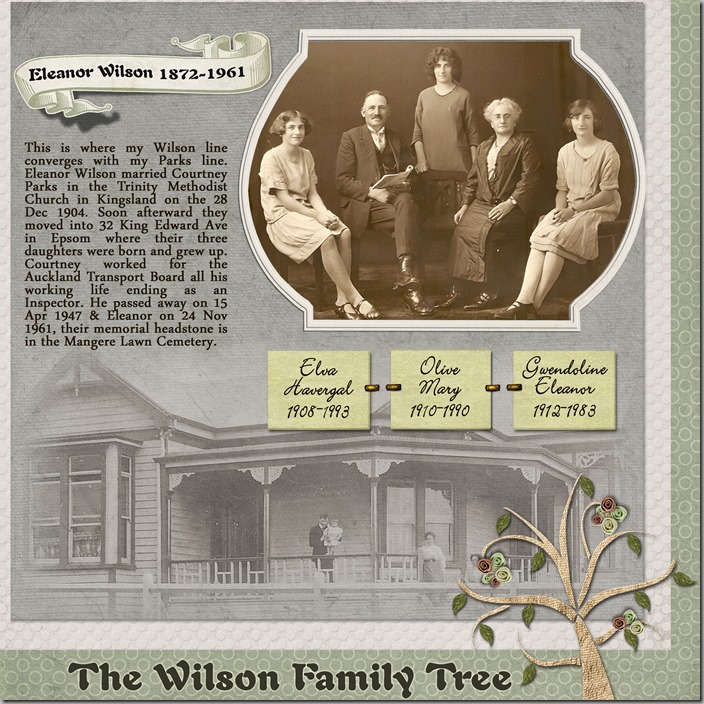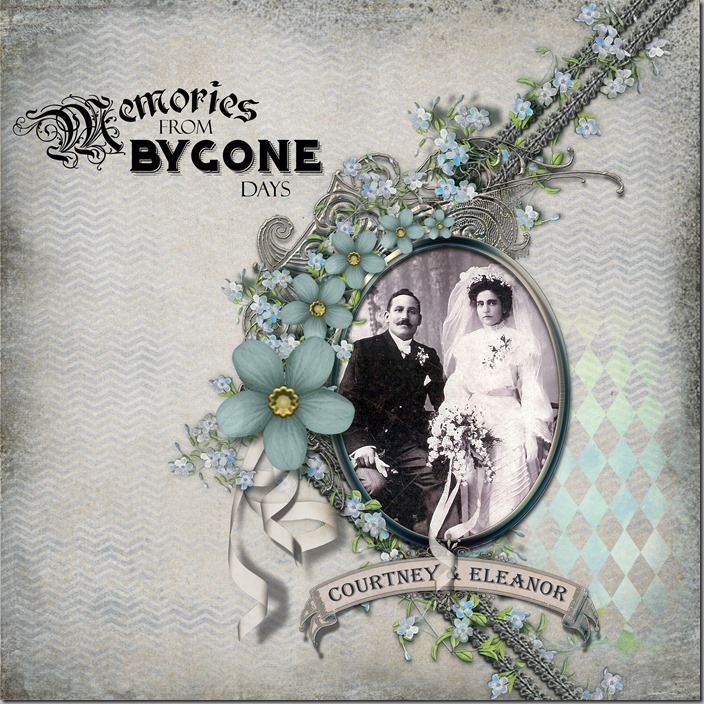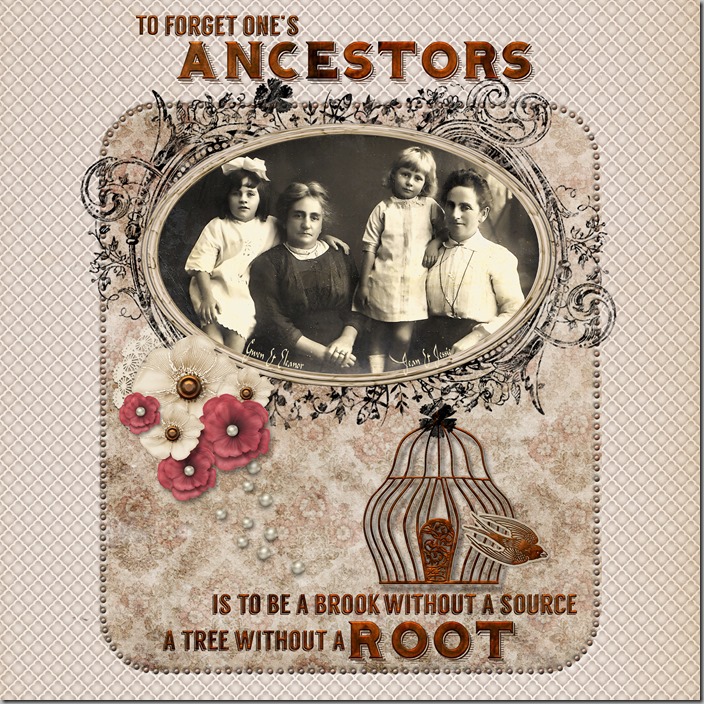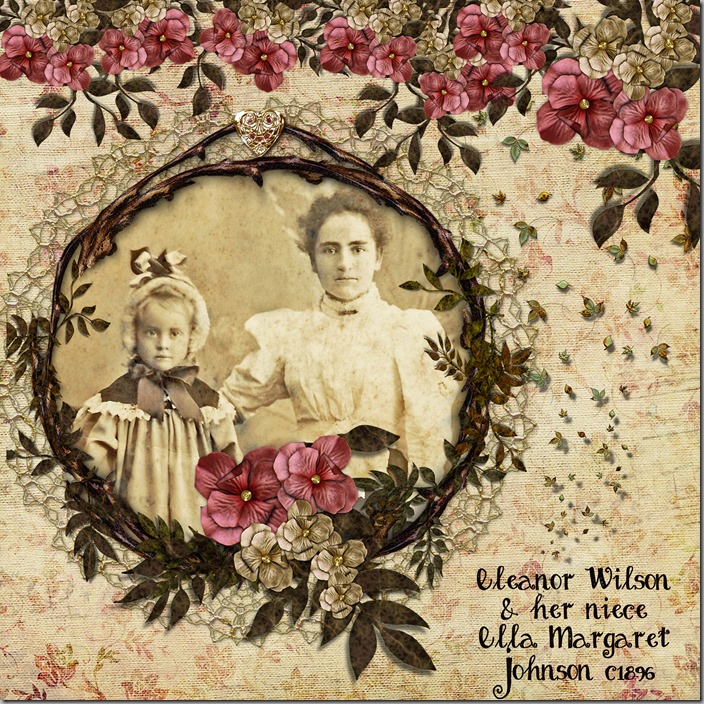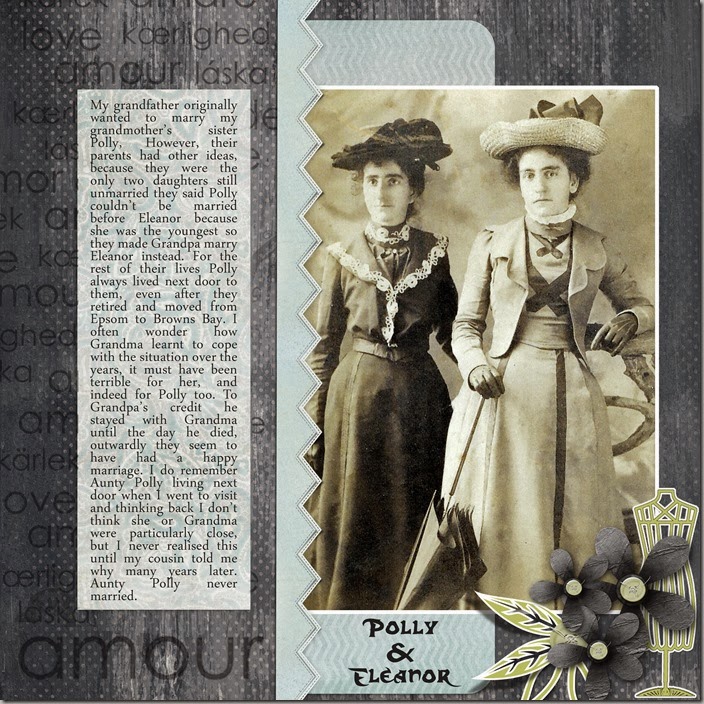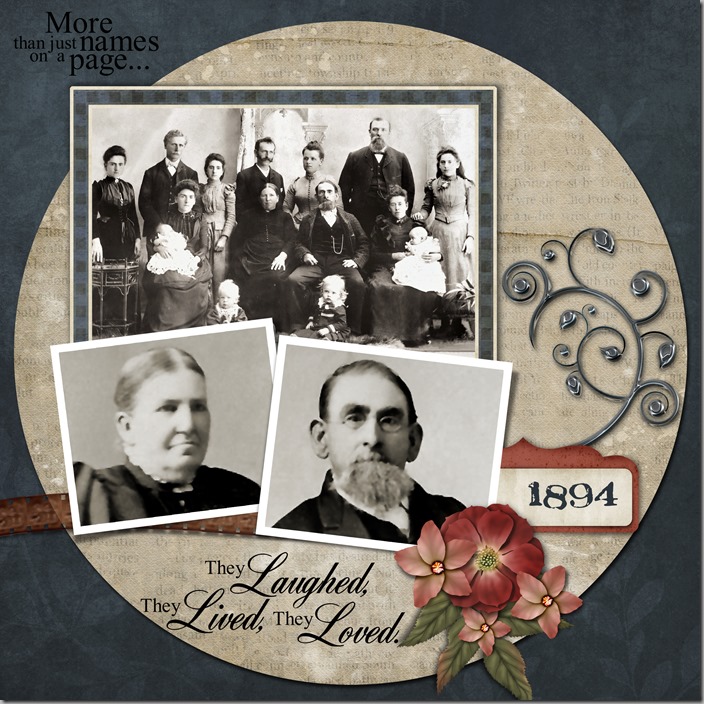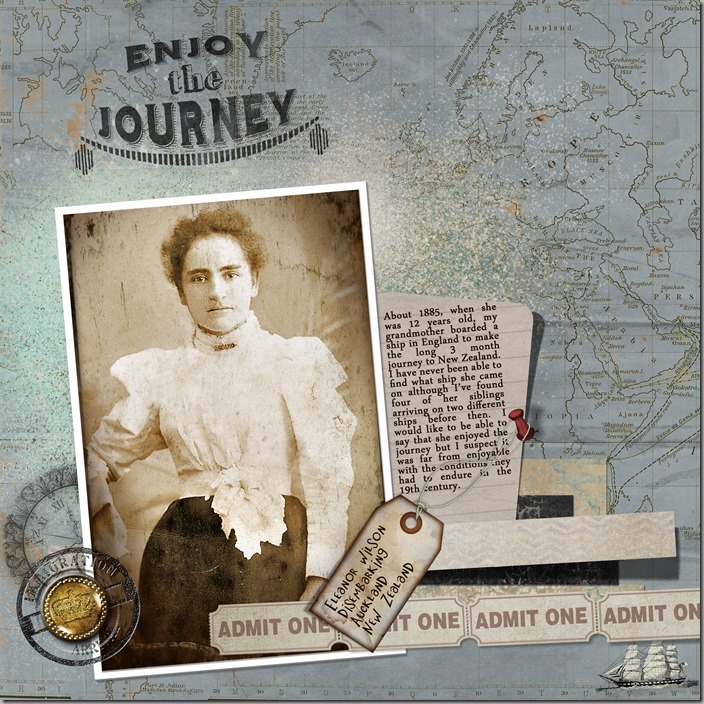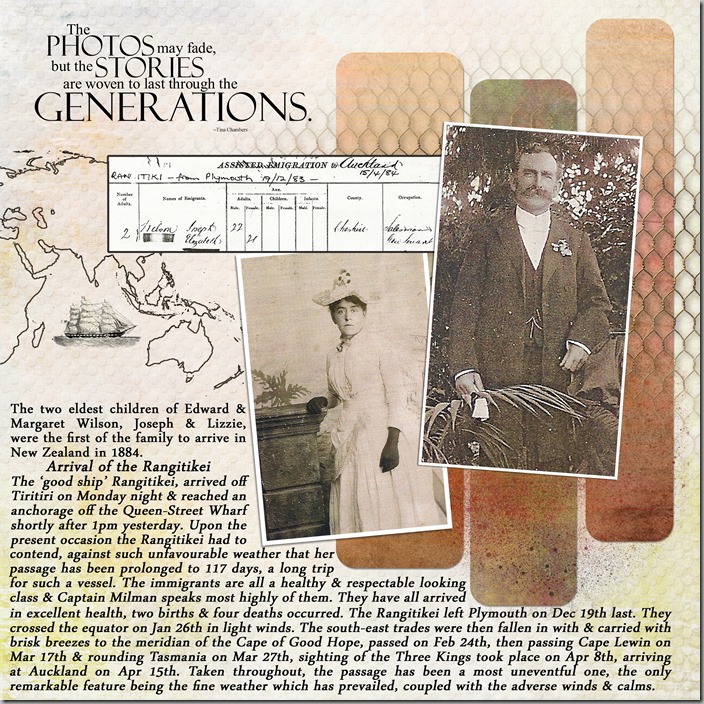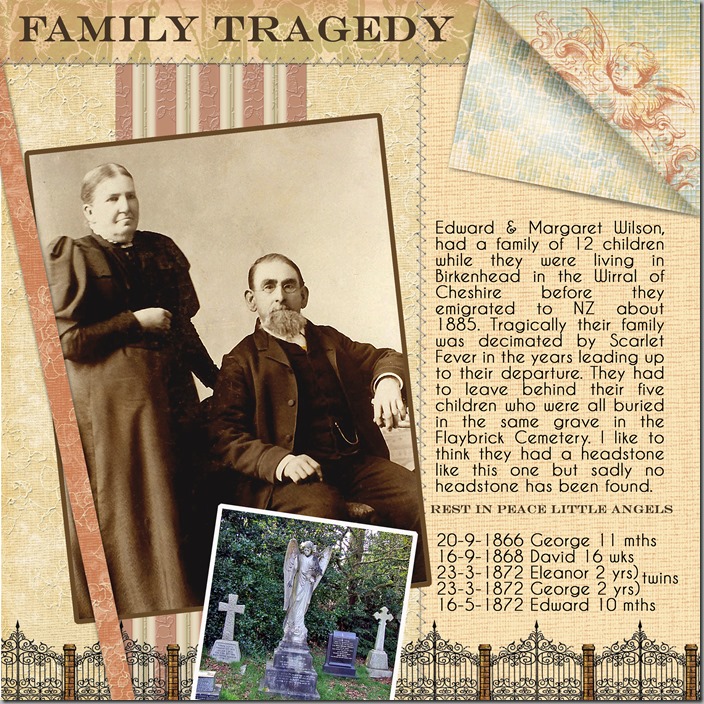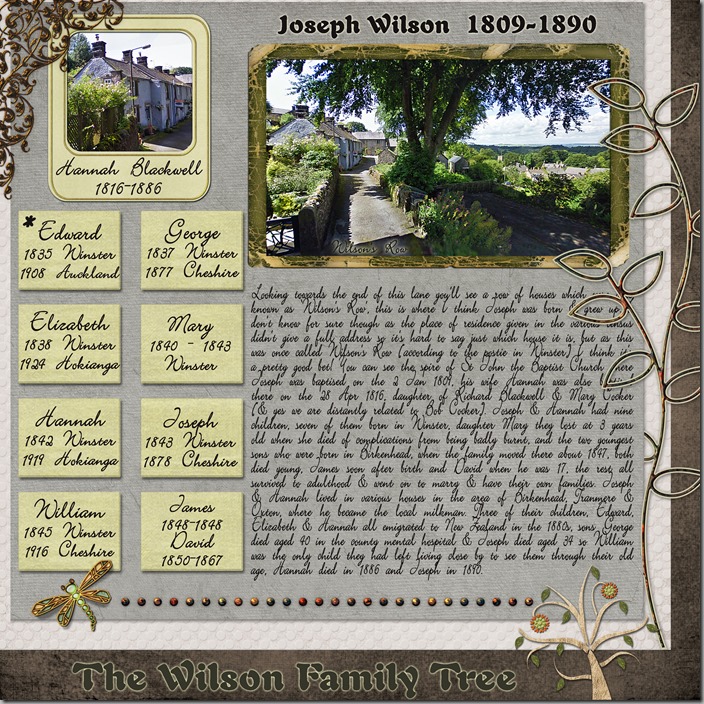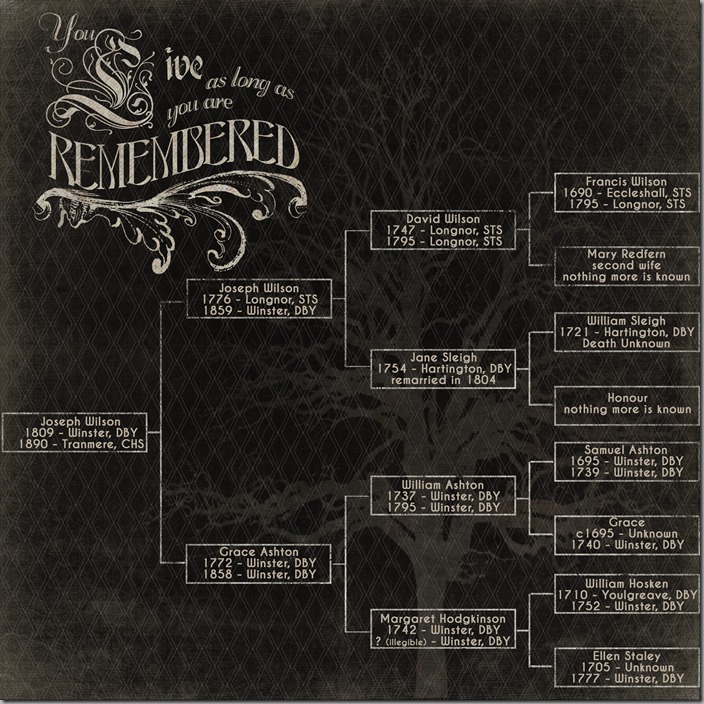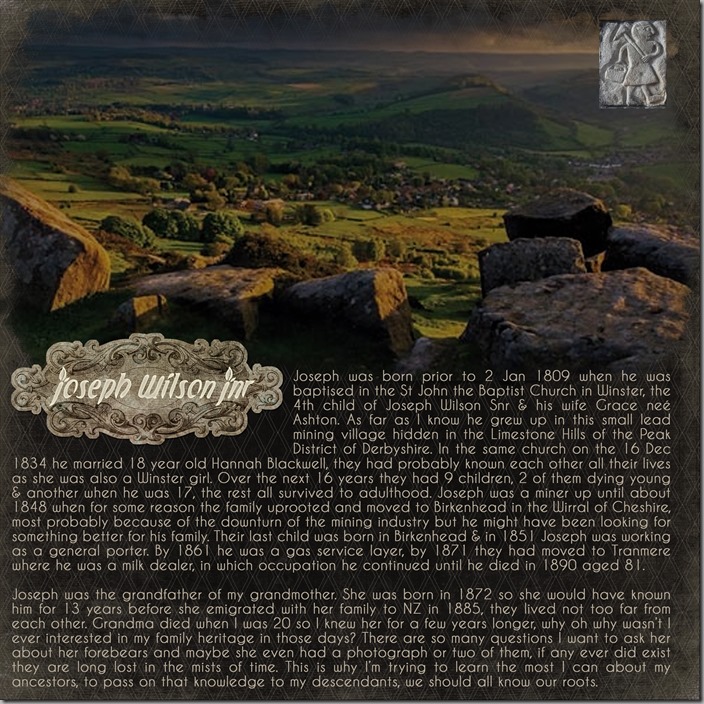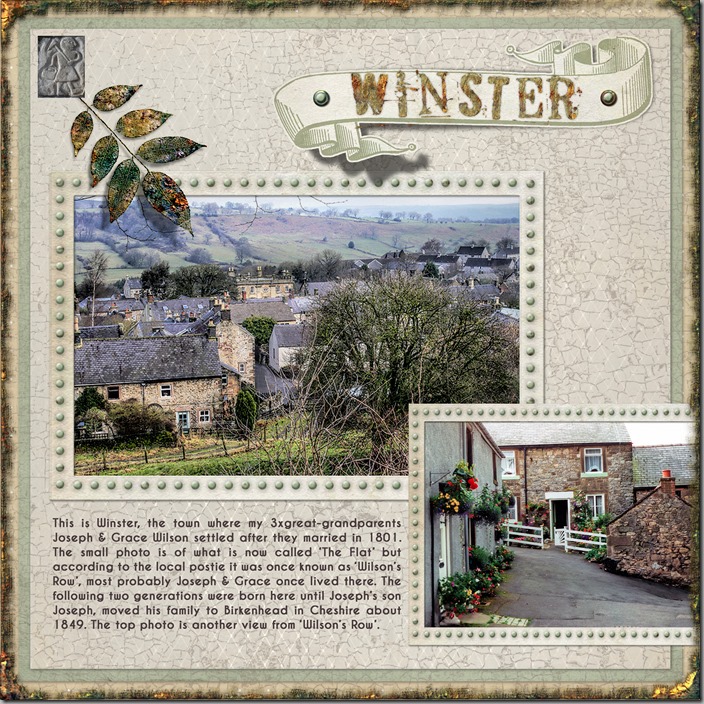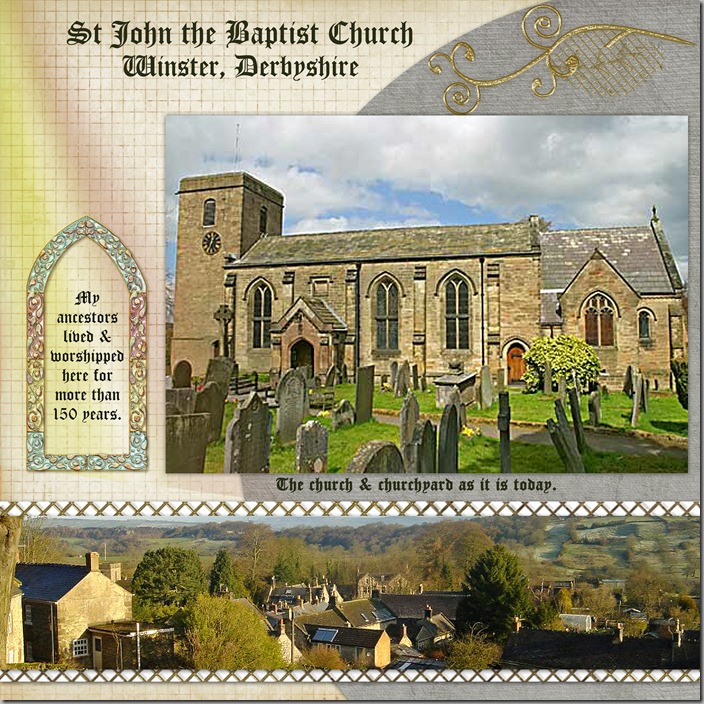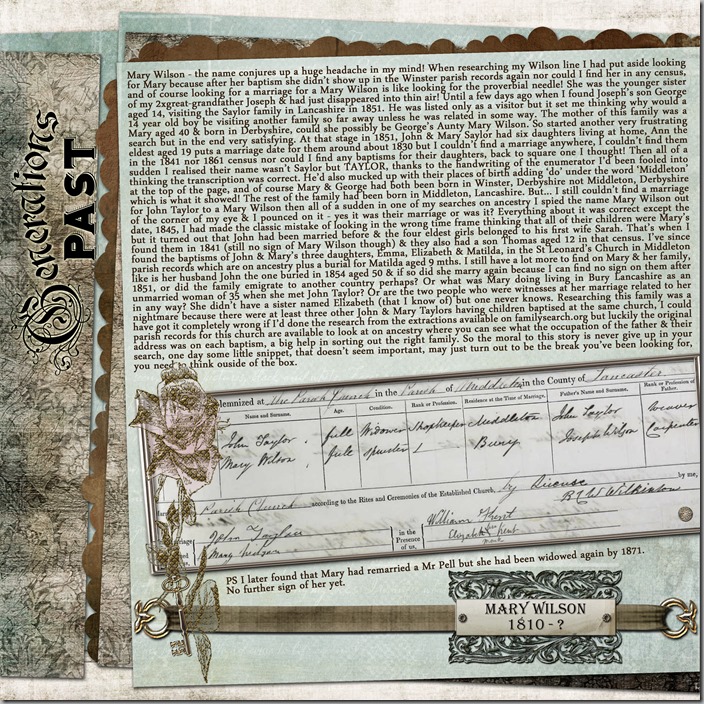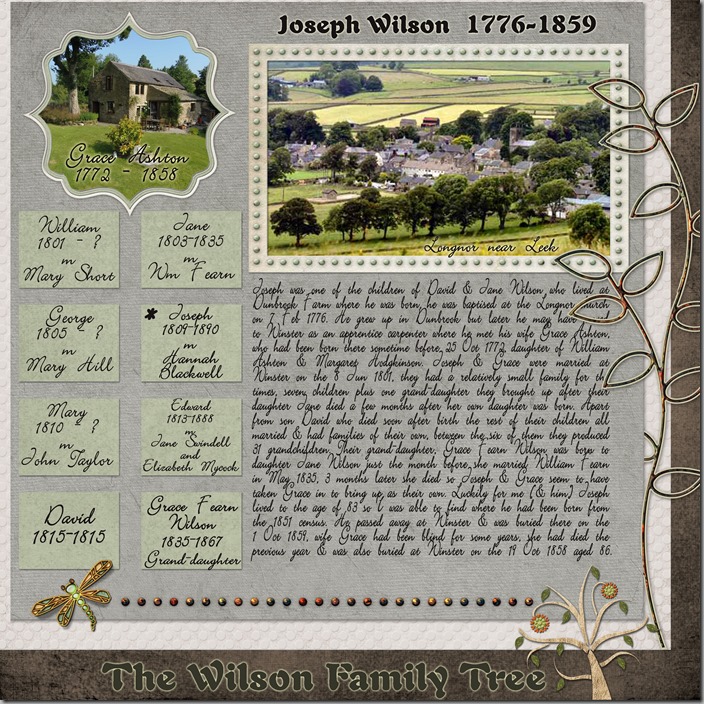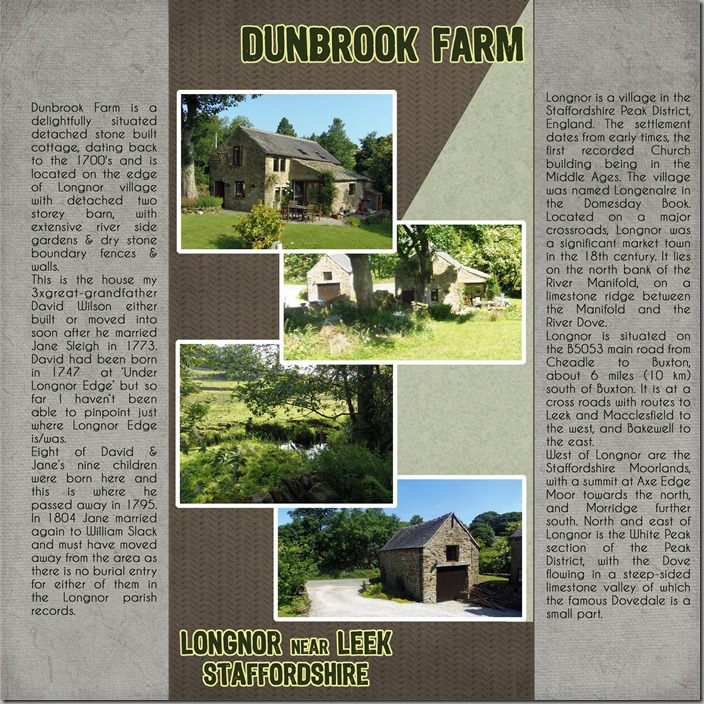Oct 7, 2013
Sep 17, 2013
A few more pages
Just going to add a few more pages that will be fitted into the book in their appropriate places before I get it printed.
Sep 10, 2013
Henry Elleray Fell 1834-1905 – Page 35
My grandmother’s sister, Elizabeth Wilson, married Henry Elleray Fell on 22 Apr 1862 at Christ Church in Claughton, Cheshire. Henry was a Scripture Reader training as a Missioner, a career path he followed throughout his working life. He was working at the Mersey Mission to Seamen on the docks of Liverpool when he was invited to take up a position as ‘Missioner’ at the newly established ‘Sailor’s Rest’ at Auckland wharf. On the 28 Aug 1882 Henry & Elizabeth, along with their 7 sons & 1 daughter, sailed from London on board the vessel ‘Wanganui’, arriving in Wellington on 9 Nov 1882. The ‘Sailor’s Rest’ (later to be named the ‘Sailor’s Home’) was first implemented in 1882 by renting two rooms in a shop near the waterfront, the main objective was to “help the sailors morally & spiritually but we did not undervalue the importance of providing a home in which bedrooms could be obtained by seamen not resident in Auckland.” Henry conducted religious services 3 or 4 times a week & on Friday evenings, members of a Ladies Committee carried out a pre-arranged programme of entertainment. Two months after it opened ’Mr Fell reported that one thousand sailors had visited the rooms’. By 1883 their funds were nearly exhausted when a generous bequest of £25,000 was received from wealthy citizen Edward Costley. The above 27 bedroom 3 storey purpose-designed building was built on the waterfront, the foundation stone was laid on 9 Apr 1887. The Sailor’s Home was a prominent building on the Auckland waterfront for many years but was demolished in recent times despite protests from the Heritage Officer of the Auckland City Council. The very next year Henry resigned due to ill-health & the family moved up north where they purchased a farm & built ‘Waihutu’ located at Pakanae, on the south-bank of the Hokianga harbour, about 2km upstream from the township of Opononi. The name Waihutu or ‘musical sound made by falling water’ originates from a small waterfall at the base of a Maori Pa. In 1888 the main access to ‘Waihutu’ was by small boat up a stream across an area shown as ‘salty area’. After exiting the stream into the Hokianga river the route was by water, either downstream to Opononi or upstream to Koutu or Rawene or Kohukohu. A secondary access was by a muddy track across tidal flat & along a track cut through the ti-tree to Opononi. The track was suitable for horse & buggy but only when the weather was dry & favourable, it was 1926 before there was a reliable, surfaced road. Elizabeth, known to family & friends as ‘Granny Fell’, was unwavering in her strict code of Bible reading & prayer every morning & evening, with visitors encouraged to join in. This rule was never broken. Henry (known as ‘Old Fell’) continued his mission daily on horseback around Northland until the day he died, 21 Jun 1905, he is buried in the family plot at the Pakanae cemetery.
Sep 9, 2013
The Johnson Sisters – Page 29
The daughters of Elizabeth Wilson & her husband Carl Johnson, Jessie & Mabel were twins but don’t ask me which is which!
Auckland – Then & Now – Page 19
This is the Auckland of 1885 when my grandmother's family arrived in New Zealand. Well, it wasn't quite so advanced, this postcard is from 1908. The Waverley Hotel, large building on the left, was built in 1885, and where the horses are standing is where the main Auckland Chief Post Office was about to be built in 1909. Built in the same Imperial Baroque style as the Auckland Town Hall, construction began in 1909 on reclaimed land chosen for its proximity to the port, railway and tram terminus, it was opened on 20 Nov 1912. Since then after closing in 1992 it fell into disrepair until the City Council purchased and refurbished it, today it is the entrance to the Britomart Transport Centre (photo left). Up to about where the white building is in the postcard was originally Commercial Bay, Britomart Point was a headland on the eastern side of the bay, hence the name. The land was reclaimed from the sea and when the Waverley Hotel was built massive piles upwards of 40 feet in length were driven down through the mud and drift of the old foreshore, to the solid bed-rock. Visitors to Auckland are surprised at the solidity & magnificence of her public buildings, they are amazed that any Harbour Board at the Antipodes could boast such palatial offices as those recently erected on the reclaimed land. From a wilderness of ti-tree & fern & a scattered village of raupo or rude wooden hovels, Auckland has grown in a generation to a busy, flourishing city, with fine buildings, museums of art, repositories of literature, seminaries of learning, & most of the institutions of the ripened culture & civilisation of the old world. The city has doubled its dimensions & population in a decade. Ten years hence it will take rank as one of the foremost cities in the Southern Hemisphere, the entrepot of Polynesian commerce, the world's sanitorium, an example to the nations in social & political reform & progress, a model of industry & productiveness. Climate & soil, geographical situation and abundant resources are moulding Auckland's future. Her people are borne along irresistibly by their circumstances and environments. It is their destiny to become great and prosperous - taken from an 1885 newspaper article. The photo below is how it looks today, the Mercure Hotel now replaces the old Waverley. In 100 years it has all been replaced & modernised. (Most of the above I found in an old newspaper article).

